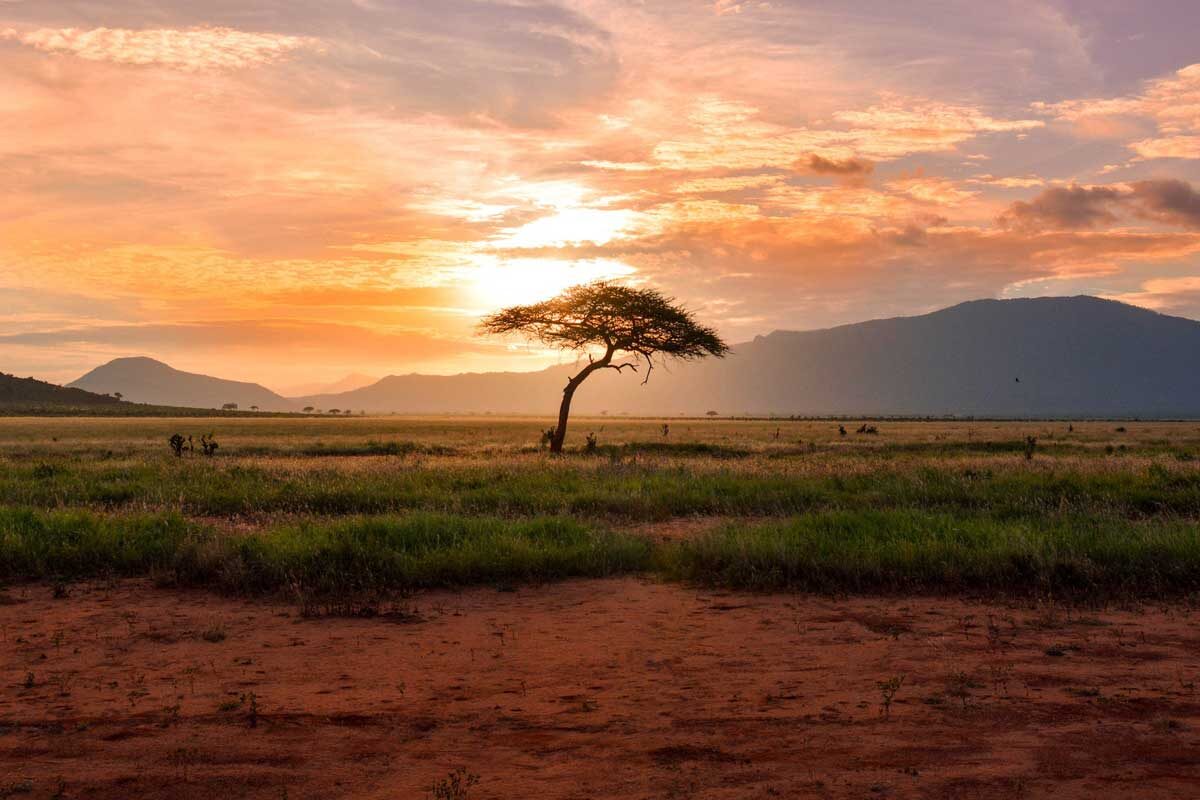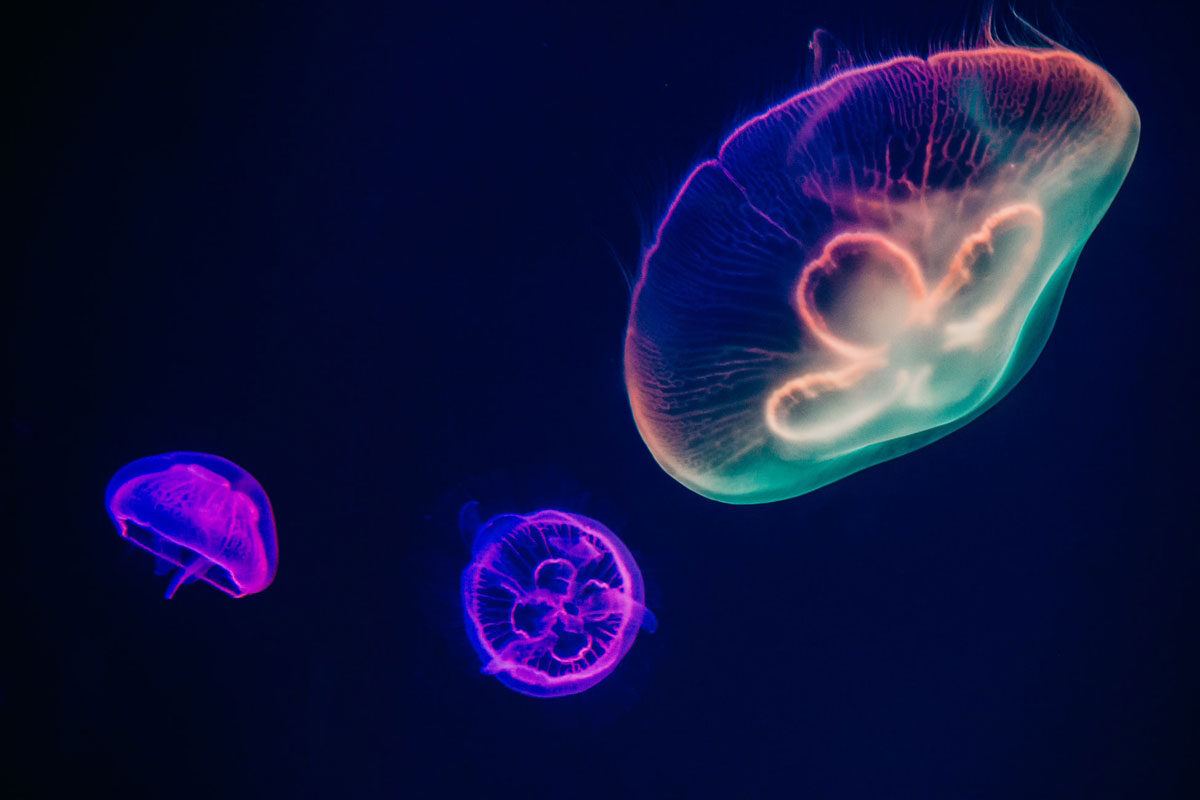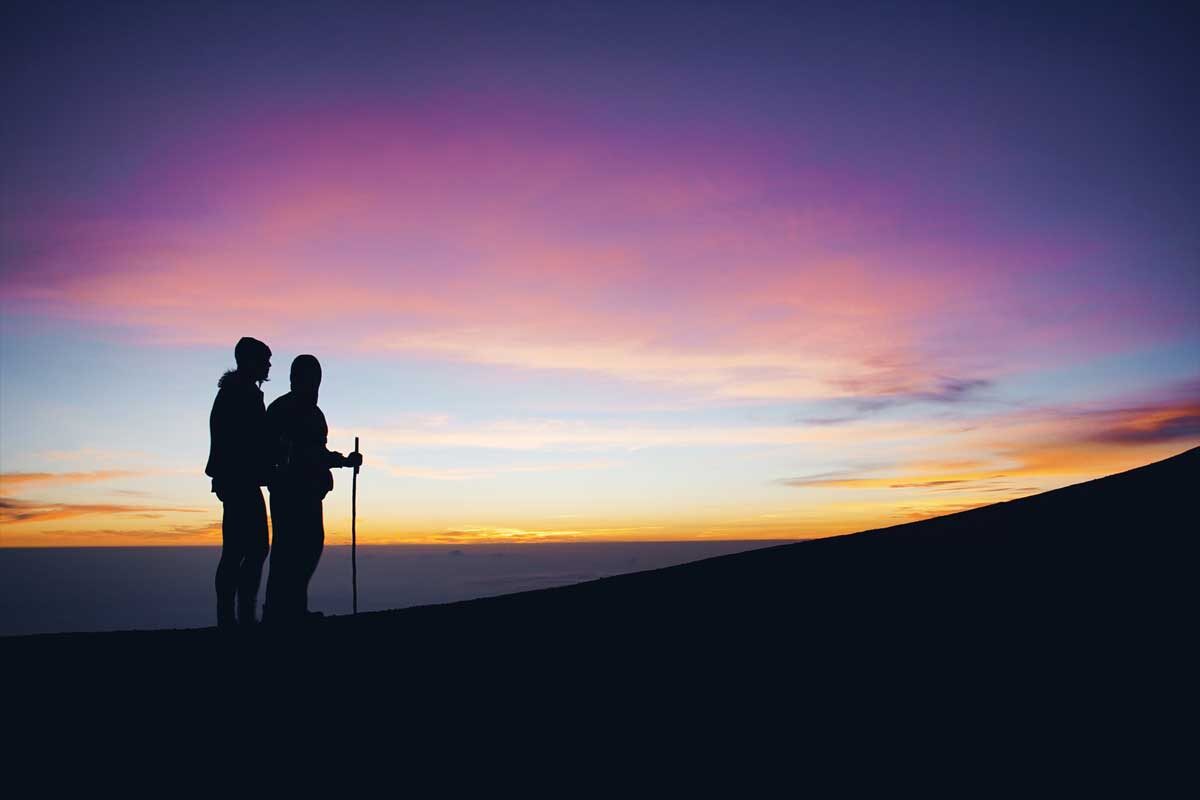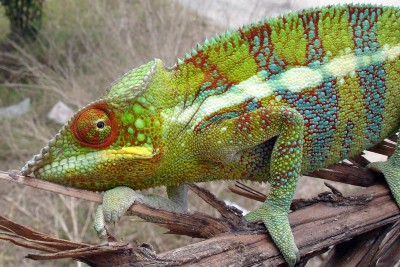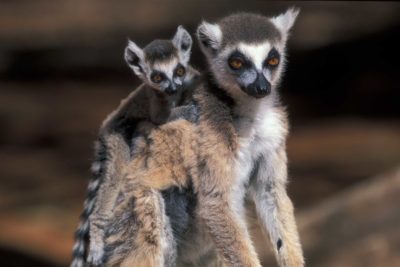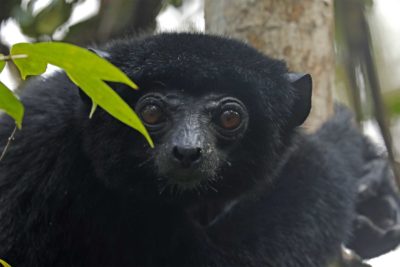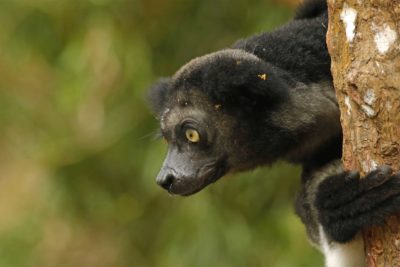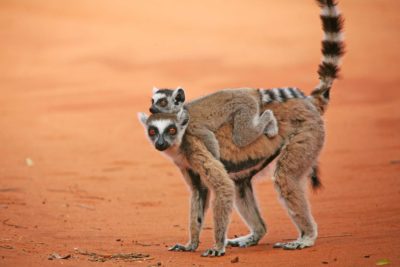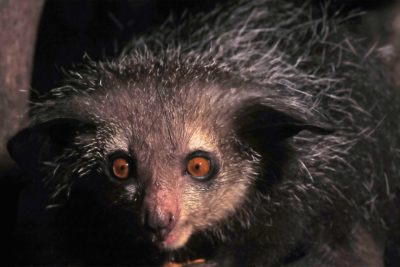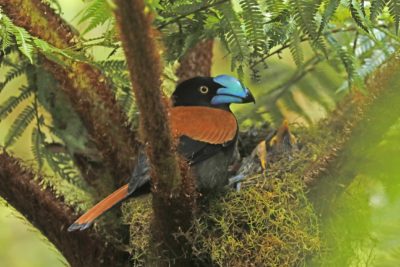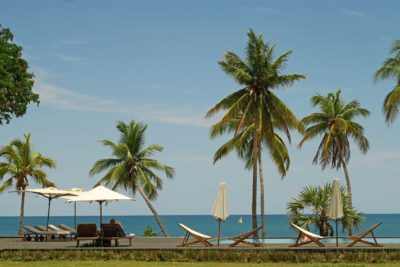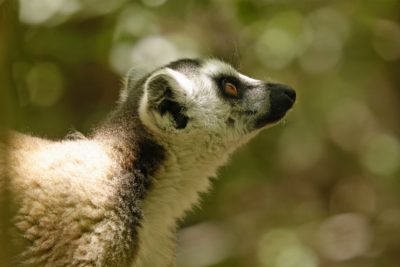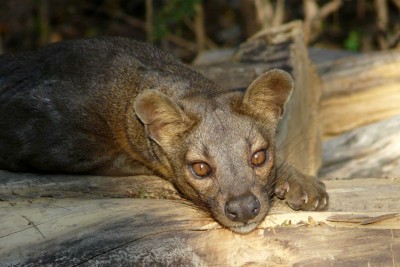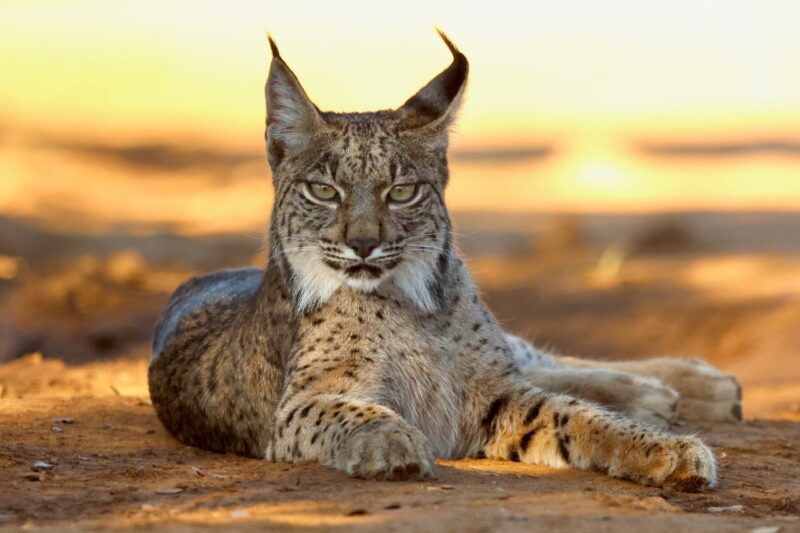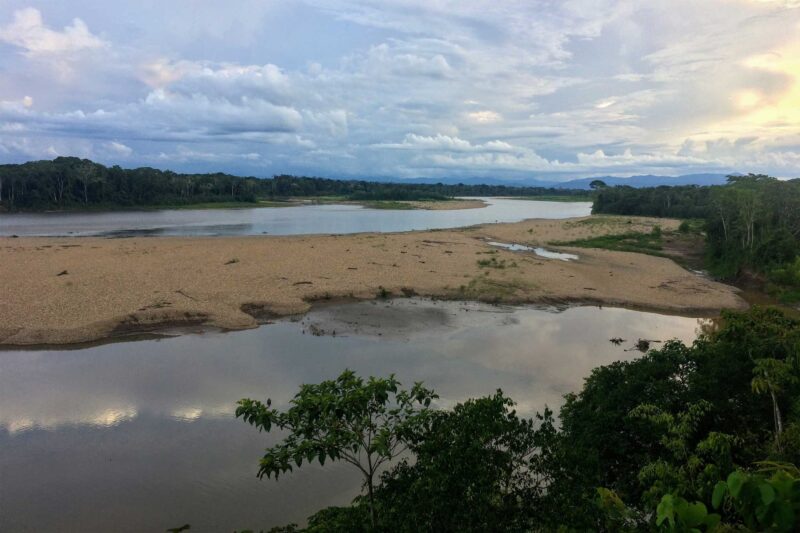Madagascar is a wildlife lover’s paradise, home to thousands of species found nowhere else on Earth. To experience its unique biodiversity at its best, timing your visit is key.

The dry season (April to October) is ideal for wildlife viewing. During these months, animals are more active and easier to spot as they gather around water sources. Lemurs, chameleons, and birds are particularly visible, and the cooler temperatures make hiking through rainforests more comfortable. July to September is also whale-watching season along the east coast, especially near Île Sainte-Marie, where humpback whales migrate to breed.

The wet season (November to March) brings lush landscapes and vibrant flora, but heavy rains can make travel challenging. However, this is the best time for herpetologists and insect enthusiasts, as reptiles and amphibians are most active. Birdwatchers will also enjoy this season, as many species are nesting and in full breeding plumage.

November is a transitional month so the first half is often fine for visiting the island. There might be a bit of rain but the main locations are less busy and some prices are lower. It is best to avoid December, January and February, which are usually the wettest months. By March, rains are lessening and many areas are lush.

In general, you should avoid nearly all regions of Madagascar during December, January, February and March: the exception would be the far southwest, where December and April are actually dry months, so if you are concentrating on that region, those months are good.

Essentially, the whole island should be avoided in January and February. At other time, we are able to design itineraries which fit in the best times for the rest of the island. Please contact our Madagascar expert, Claire Pote, for further information.
